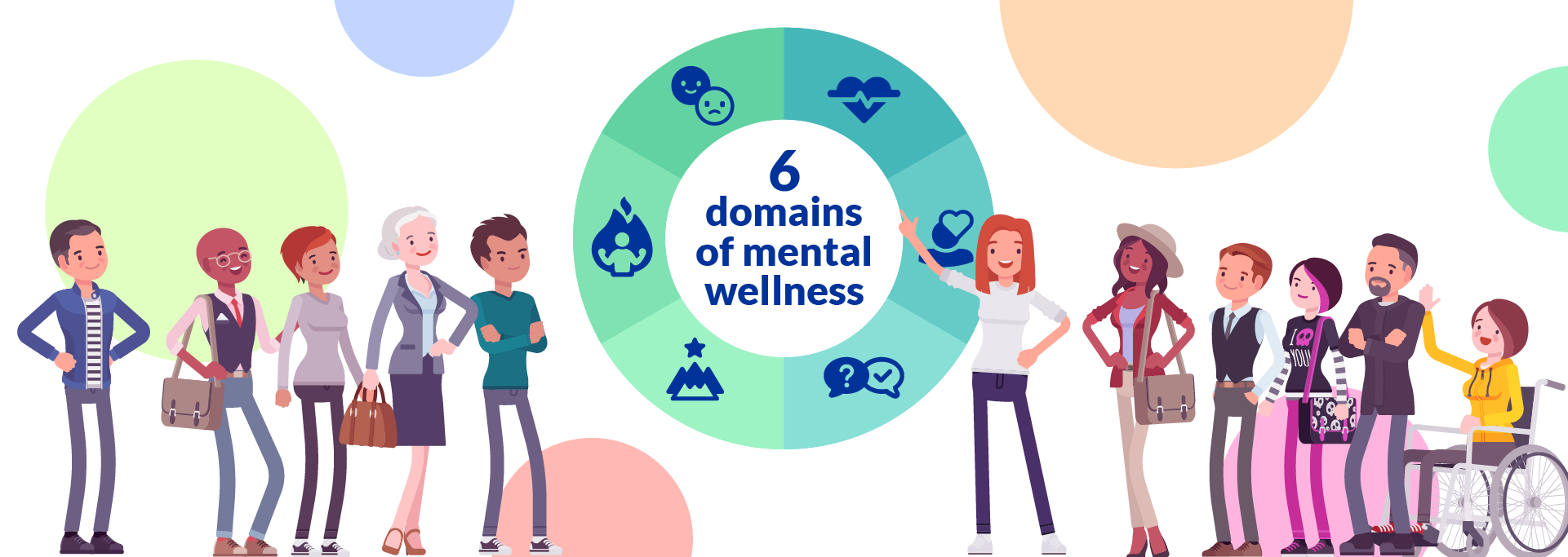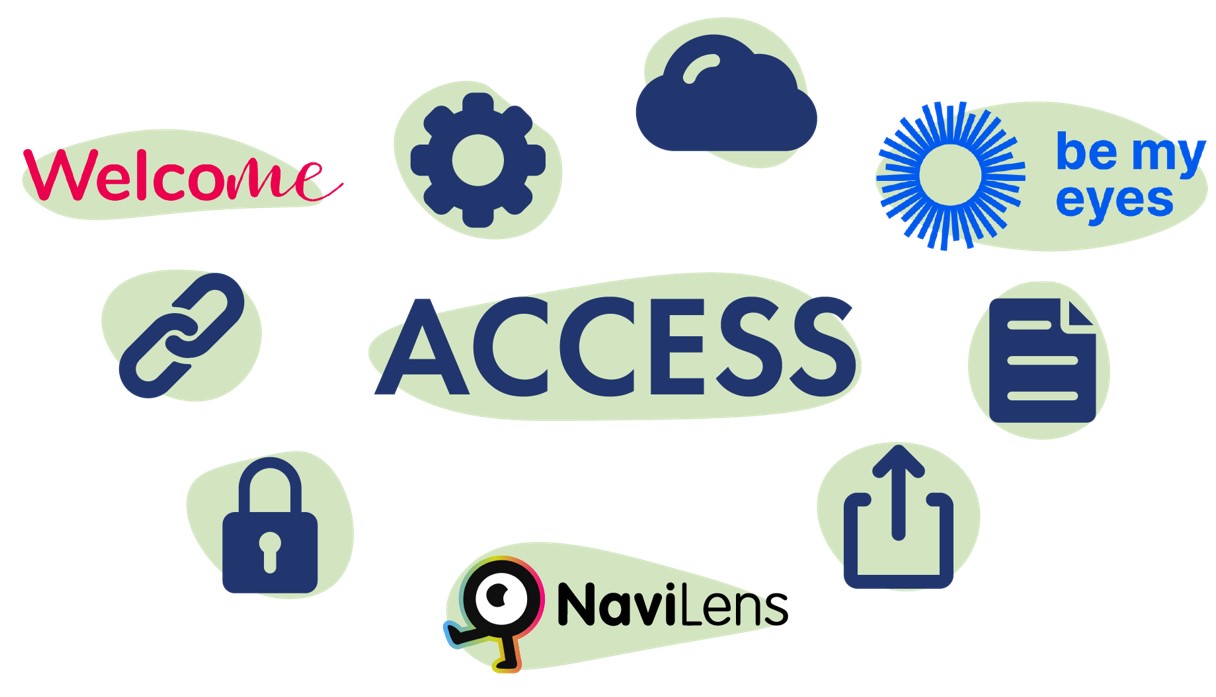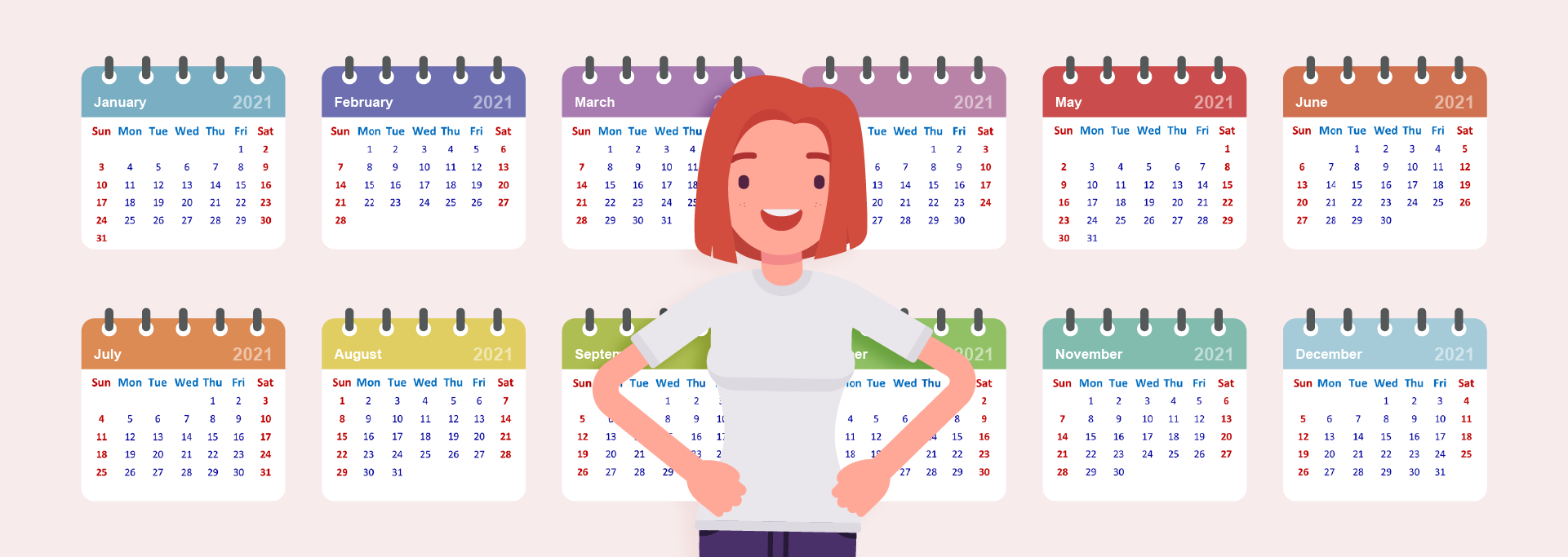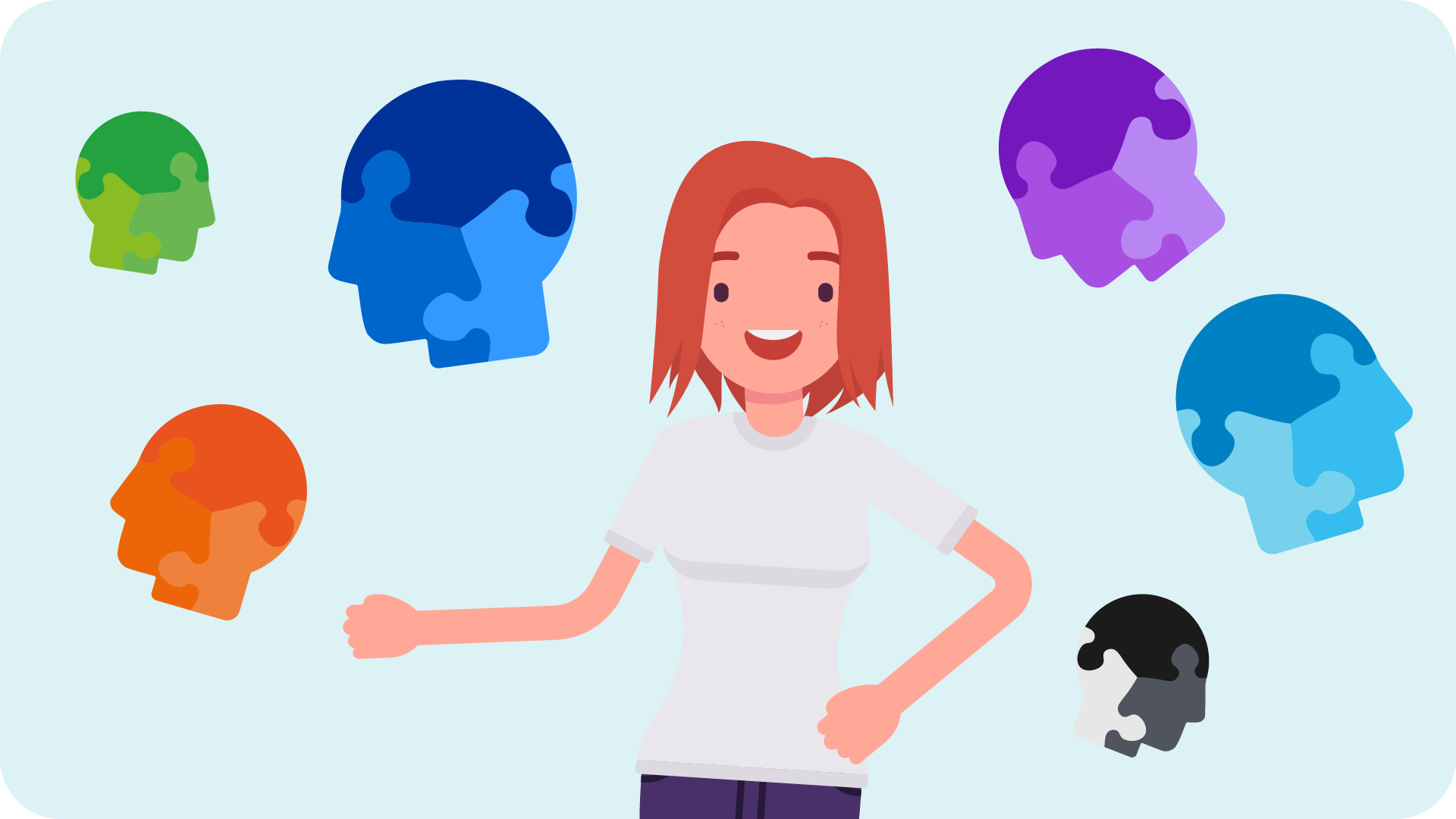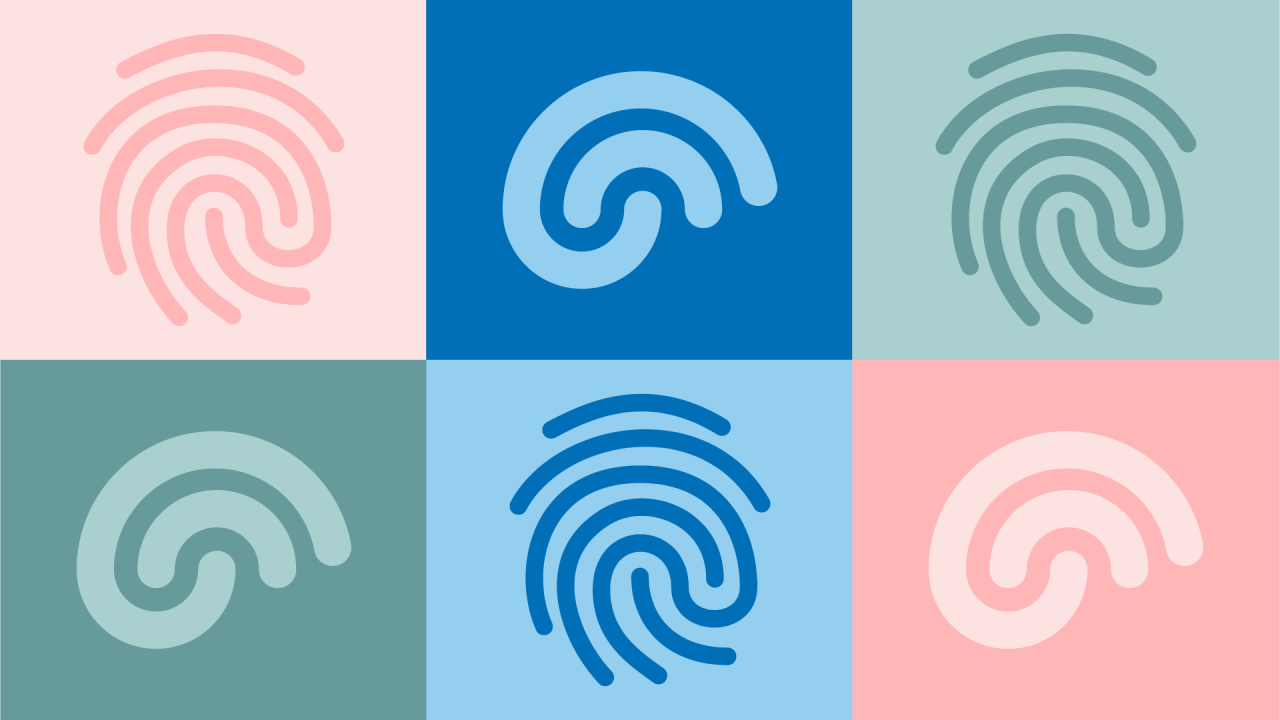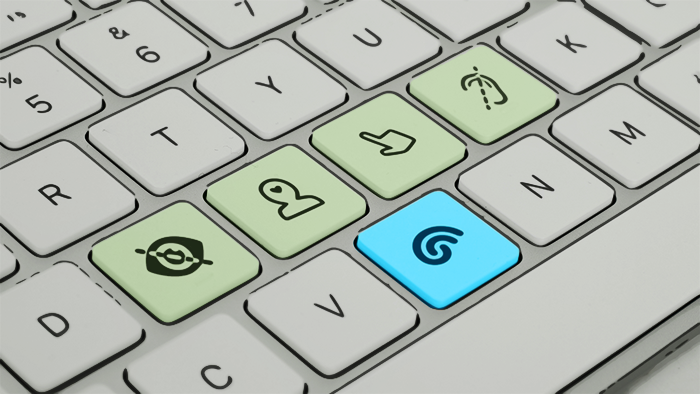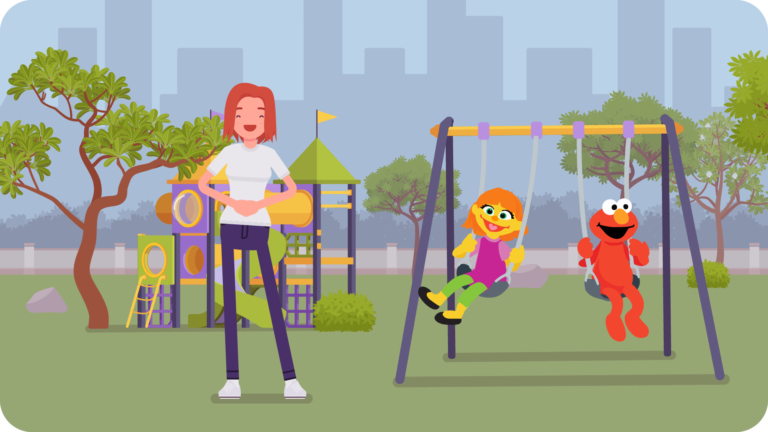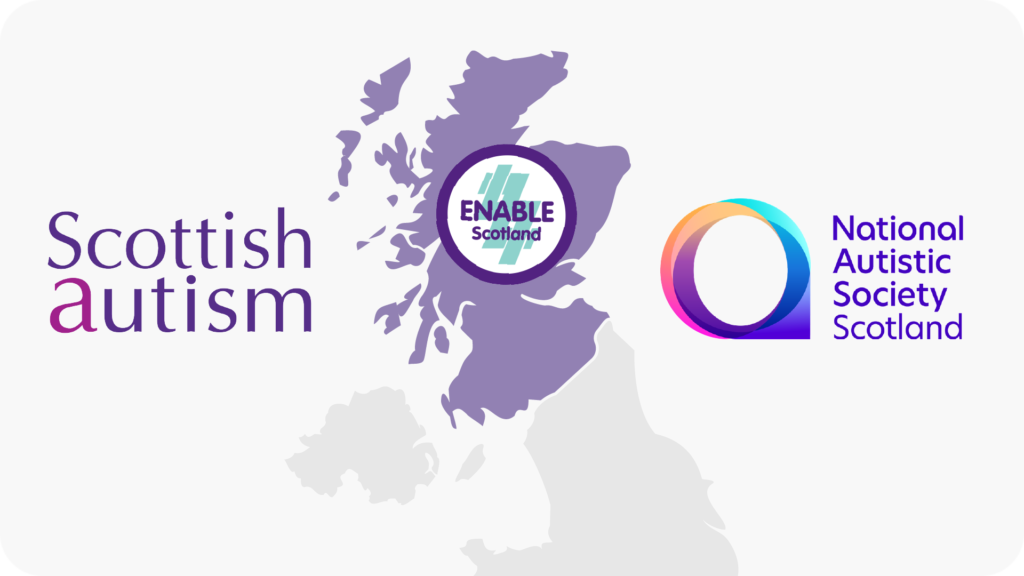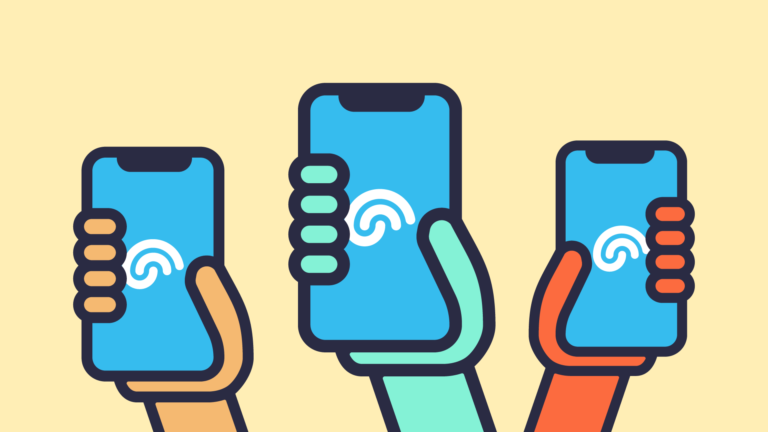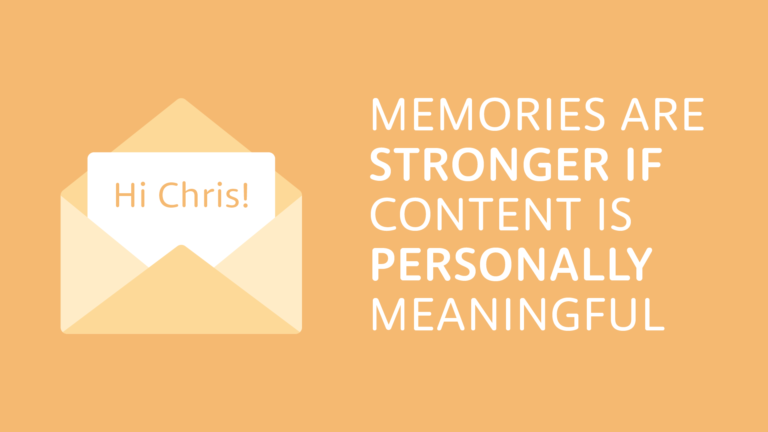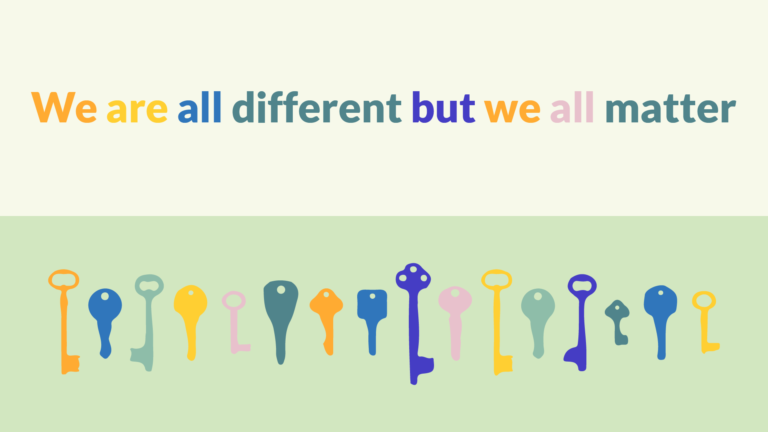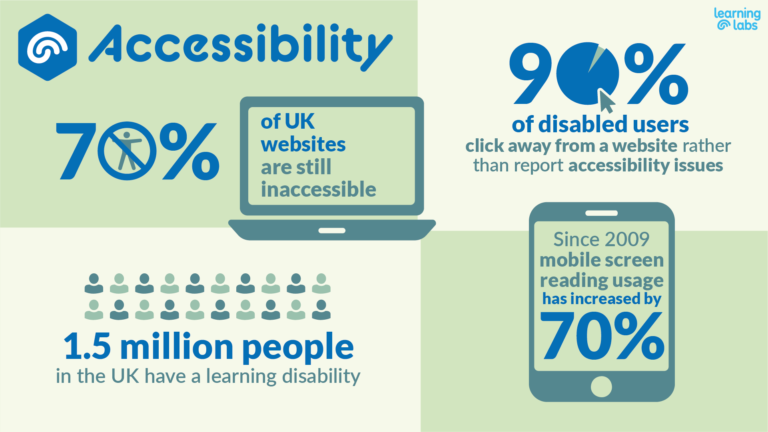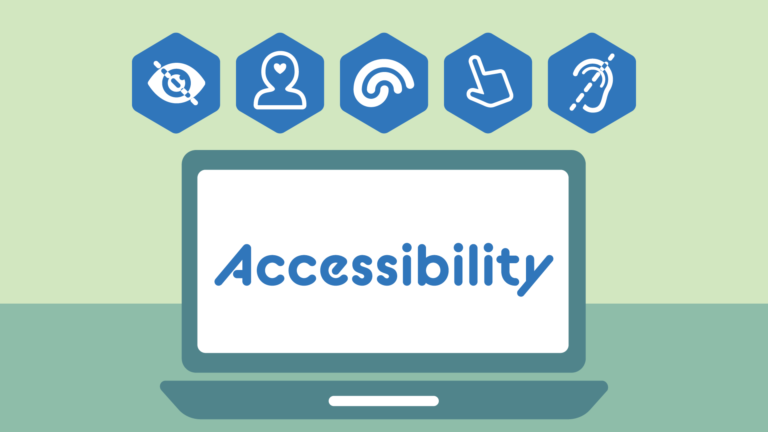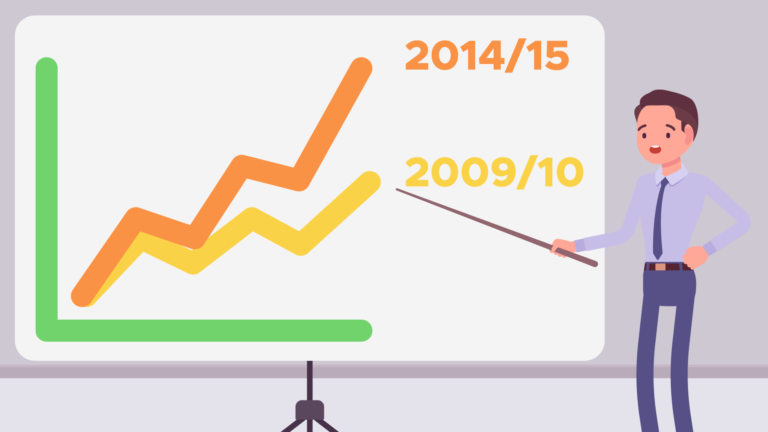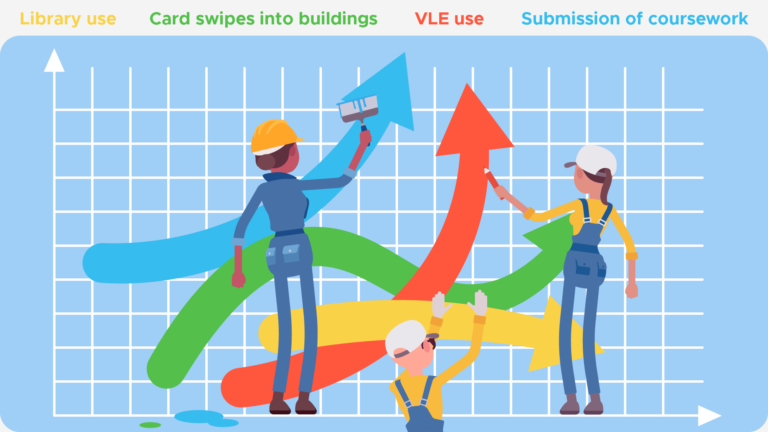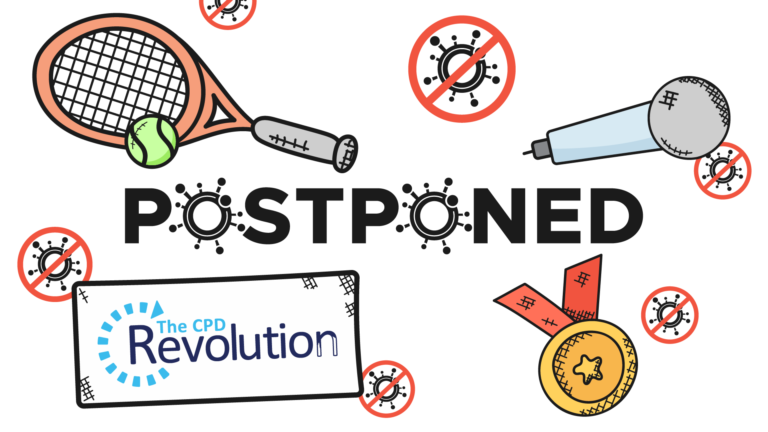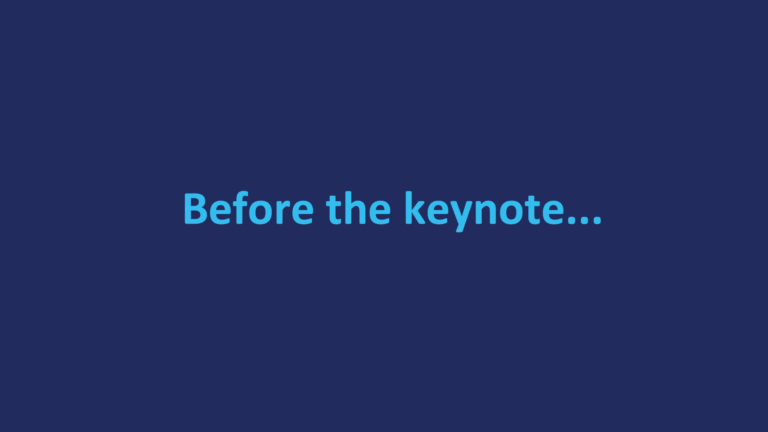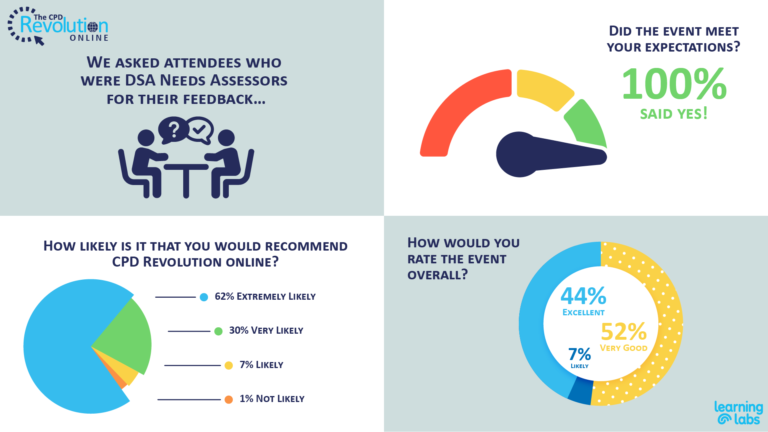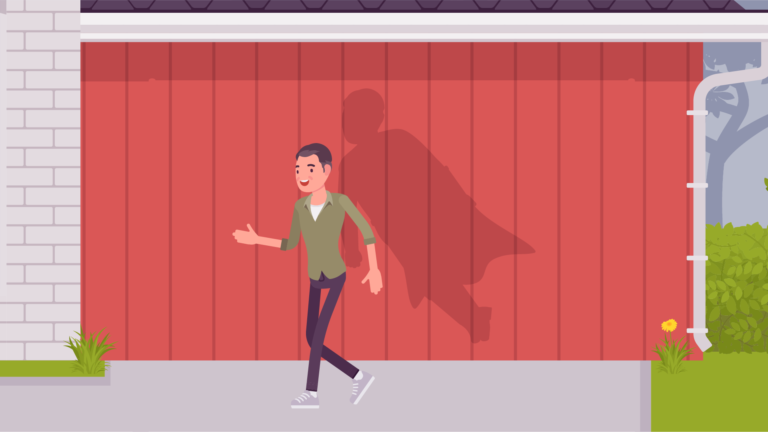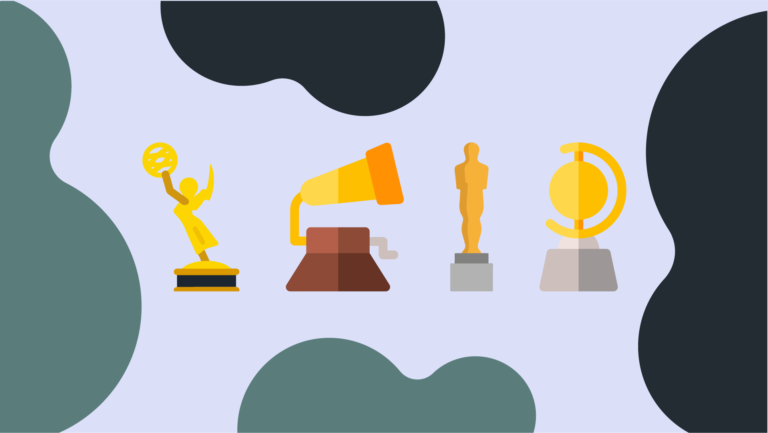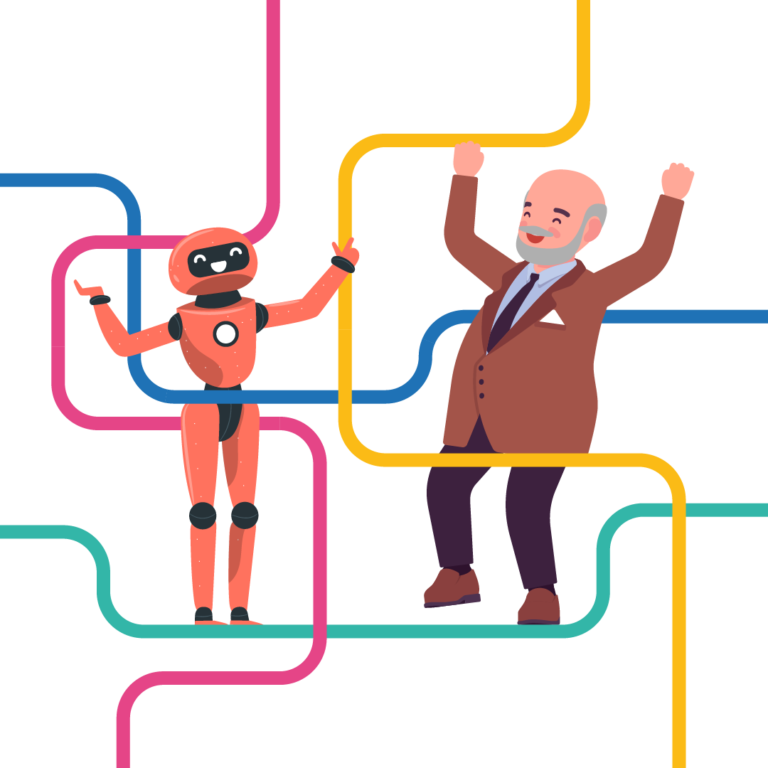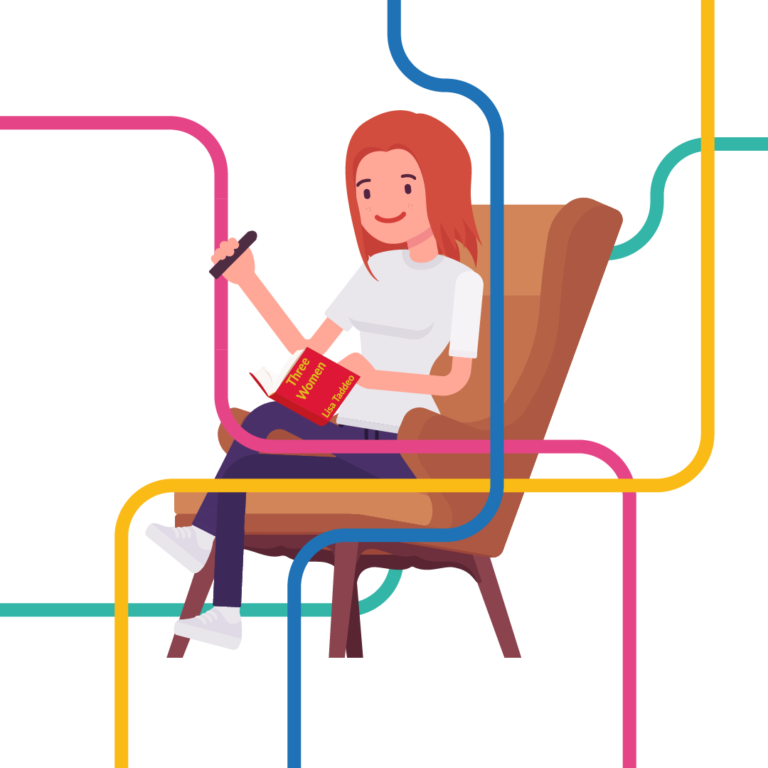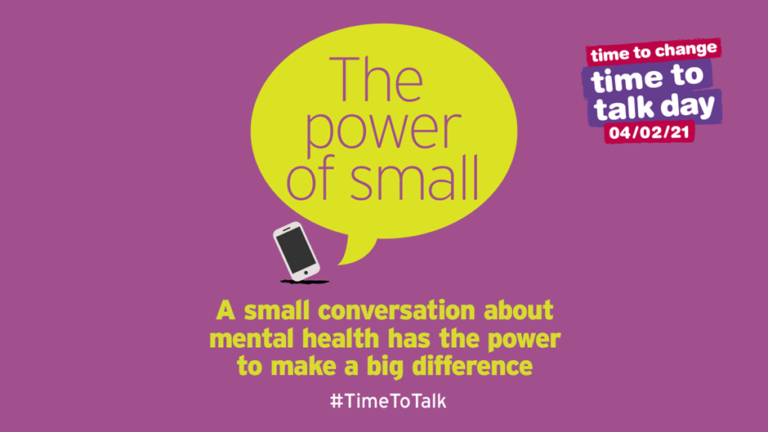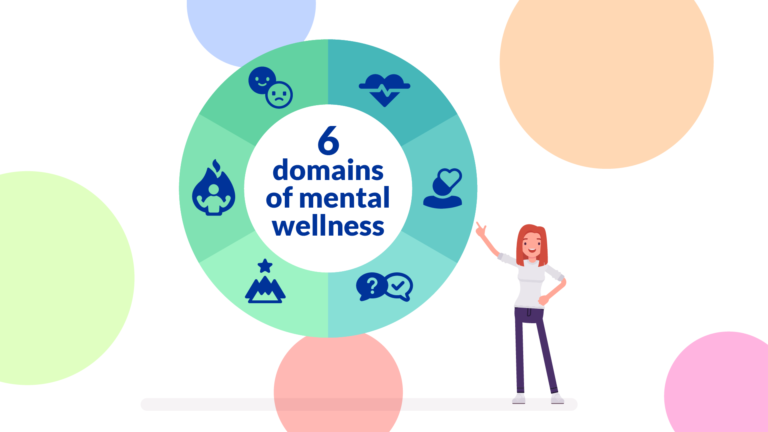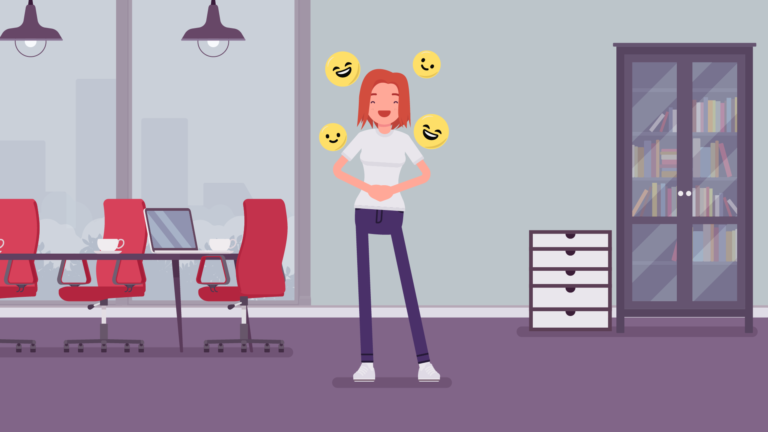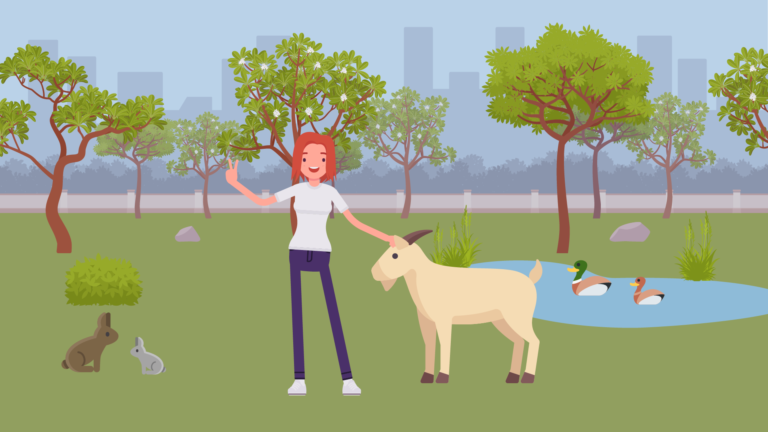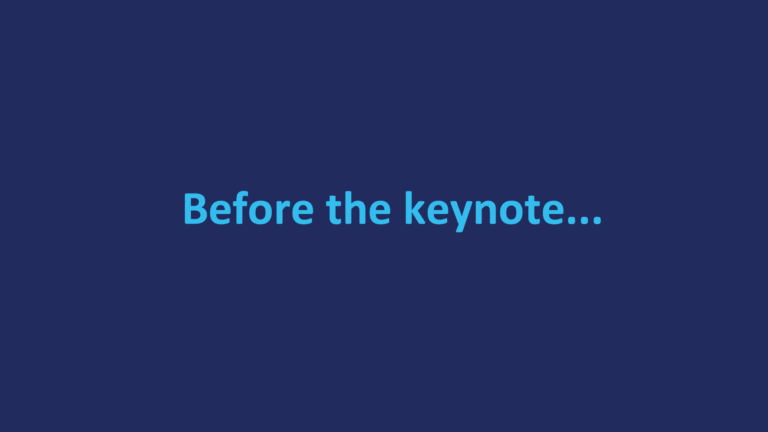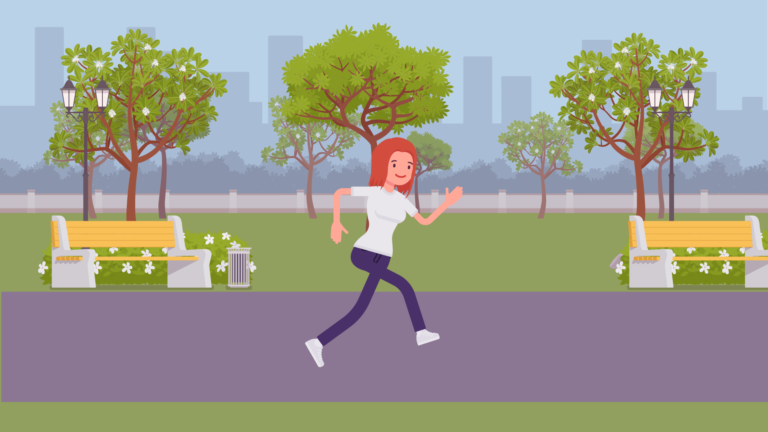The six-point mental wellbeing plan I’m taking with me out of lockdown
There’s no denying mental wellness has been a hot topic over the last year across all ages, sectors and regions around the globe. Towards the end of 2020 NUS surveyed 4,000 students. More than half said their mental wellness had deteriorated during the pandemic but less than a third had asked for help. A recent survey by Mind found that 60% of adults (aged over 24) said their mental health got worse during lockdown. UK introductory live-in care agency, Elder, found that 1 in 3 elderly people were lonelier in the wake of COVID-19.
The pandemic has changed our way of life. It has layered on daily challenges and obstacles that make it harder for each of us individually to understand and effectively maintain our mental wellbeing. Lockdown restrictions have forced us to try activities we wouldn’t normally consider, from Zoom quizzes with the family to racking up miles in outdoor walks. It’s safe to say we won’t miss lockdown restrictions when they finally come to an end. There are however, certainly actions I have learned to take during this time that have helped maintain my mental wellbeing, which I will continue to practice post-lockdown.
A new concept for understanding and managing mental wellness
At the same time as learning to manage my own mental wellness in my personal life, the Learning Labs team has been developing a new concept for understanding and managing mental wellness. Learning Labs teamed up with New Economic Foundation (NEF) to carry out extensive research which resulted in the discovery of a new mental wellbeing concept, the Six Domains of Mental WellnessTM. This takes the daunting and intangible subject of mental wellness and makes it easy to understand and manage. It also forms the foundations of the newly developed Learning Labs mental wellbeing digital tool. As this has now reached launch stage, I have been an early tester, enabling me to assess my mental wellness daily. This has been a reflective process during lockdown restrictions and I realised the steps I had already been taking to manage my mental wellbeing actually aligned with the Six Domains of Mental WellnessTM. It also highlighted some areas that I had missed and could try new things to maintain.
Here’s my wellbeing plan based on the Six Domains of Mental WellnessTM concept – something I will continue even when restrictions are lifted because in many ways, I feel a lot happier and healthier mentally than before. For the parts that are missing (e.g. socialising!) I am looking forward to feeling more fulfilled with when we can meet people and interact as normal.
1. 10,000 steps a day for my Physical Wellness
From March until the end of June last year, there were almost one million downloads of the ‘Couch to 5K’ app. This was a 92% increase compared to the same period in 2019. I am proud to say I am one of the people who downloaded the app. I was very surprised by how much I enjoyed running and how much it positively affected my mental wellness.
A 2019 study found that spending just 20 minutes in a park, even if you don’t exercise during that time, is enough to improve your mental wellbeing. Even if I don’t feel up for a run, I aim to walk 10,000 steps a day. I use it as a time to reflect (more on that later) and to listen to some podcasts. My favourites at the moment are Fearne Cotton’s Happy Place and Grounded by Louis Theroux. I also have the added benefit of interacting with other people even if it is a simple ‘hello’ to a dog walker. I think we can all agree social interactions are one of the main things people have missed the most during lockdowns.
2. FaceTiming mum and dad daily for my Social Wellness
Growing up in Liverpool and now living in Newcastle, like many people, I’ve not been able to see my friends and family as much as I would like over the past year. I’ve made sure that I have FaceTimed my friends and family regularly to maintain that social connection for them as well as myself. As a result I’ve probably spoken to them more frequently than prior to the pandemic!
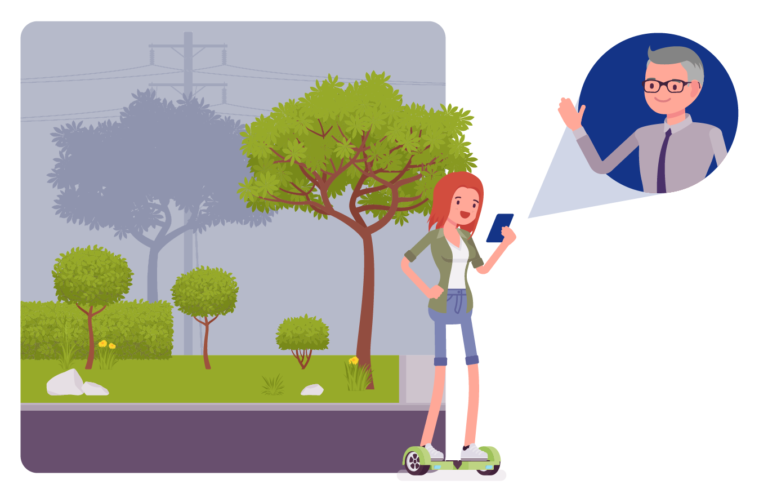
Luckily, we live in a world where technology enables us to almost instantly discover how our friends and family are. Can you imagine experiencing the pandemic without WhatsApp, Facetime or Zoom? During the first lockdown the proportion of UK online adults making video calls doubled, with more than seven in 10 doing so at least weekly. There’s no surprise that the app to see the biggest growth was Zoom. In January 2020 there 659,000 adults in the UK using Zoom. By April 2020 13 million adults were using it – a rise of almost 2,000%.
3. Setting myself goals for my Spiritual Wellness
At the beginning of the year not only was it dark, cold and wet but we were entering our third lockdown. To try and keep myself focussed on what I wanted to achieve in 2021 I made a goals board for the year ahead. There were big goals, like passing my driving test, but also smaller goals such as drinking more water and reading a book a month. So far this year I have read ‘Everything I know about love’ by Dolly Alderton, ‘Why I’m no longer talking to white people about race’ by Renni Eddo Lodge and I am currently reading ‘Not a Life Coach’ by James Smith. The process of making my 2021 goals board not only supported my sense of self-esteem and purpose (which are key drivers of Spiritual Wellness) but also helped maintain my Intellectual Wellness, which is all about stimulating your mind.
4. Painting (by numbers) for my Intellectual Wellness
When lockdown started, I thought it was a great excuse to have a Netflix binge – what else was I going to do? Like the rest of the country, I got obsessed with the likes of Tiger King and Normal People. Watching TV was fine for a couple of hours but I found, for my own mental wellness, I needed something more stimulating than the life of Joe Exotic. I’m not the most gifted person when it comes to arts and crafts so I started paint by numbers. It’s basically colouring in the lines for adults. My masterpieces so far include a vase of purple flowers and a Tiger King inspired colourful tiger.

I’m not the only one who has taken up a new hobby during the last year. A recent survey found 22 per cent of respondents had taken up a new pastime in lockdown, while 35 per cent had rediscovered an old one. 41% of those taking up a new hobby reported a positive impact on their mental wellness, compared to 30% for those focusing on old hobbies.
5. Reducing my phone screen time for my Motivational Wellness
Motivational Wellness was a little trickier at first for me to think of how I had or would support this domain. Intrinsic self-motivation is all about our ability to make daily choices and feel in control of our lives – something lockdown restrictions certainly impacted. I realised though that something I had done was reduce my screen time and specifically my hours spent on social media. It’s all too easy to find yourself mindlessly scrolling through social media, even more so during a national lockdown and a global pandemic. There were constant news reports and a mix of posts you did or did not want to see on social media. I realised by being more present in my life and focusing on the things I could control made me feel a lot more motivated. Plus, the blue light emitted from your phone can also disrupt your sleep-wake cycle. Therefore, I have been making a conscious effort to not look at my phone two hours before I go to bed. With a better night sleep, I am more likely to feel energised and willing to go for a walk which will improve my Physical Wellness. If I am not on my phone, I can be doing other things like painting which maintains my Intellectual Wellness.
6. Concentrating on positives for my Emotional Wellness
It’s all too easy to concentrate on negative experiences, particularly during a global pandemic. I have started to spend a short amount of time every day writing down all the positives that I have experienced. These can be something simple like completing a piece of work or finishing a book, keeping me on track for my goals of 2021. I often use the time on my daily walk to reflect on the day and focus on the positives I’ve experienced. Being able to assess my overall wellbeing using the Learning Labs tool has also provided a regular interval for reflection of my emotions. The Lab on Emotional Wellness explained to me that it’s not about being happy all the time, it’s about maintaining a healthy balance over time, which I feel is far more realistic and achievable.
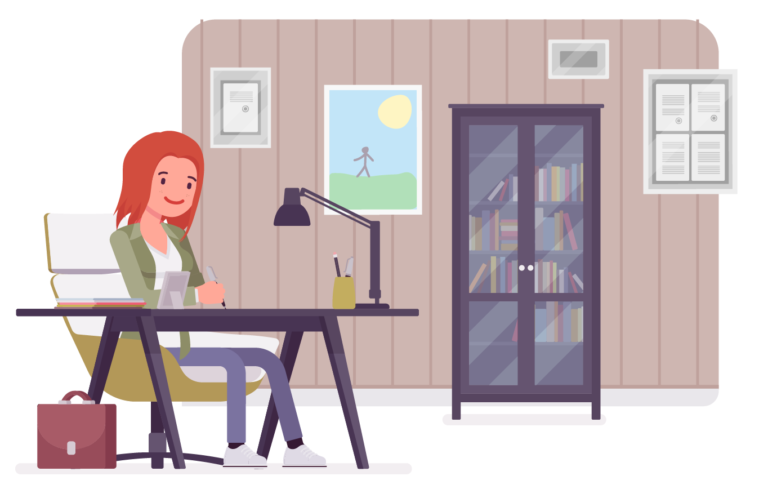
Over to you
UK mental health charities and experts have recently said the lifting of restrictions could trigger heightened levels of stress and anxiety for many people. It’s therefore important that once restrictions are lifted, and once the pandemic has ended, we continue the discussions about mental health. As always, I’d love to hear your thoughts. How have you been maintaining your mental wellness during lockdown restrictions? How do you intend to keep it up pre-lockdown? Also, feel free to recommend any podcasts I could listen to during my walks or books you think I should add to my reading list, I’ve got nine more to read this year.
You can now get in touch with Emma if you are interested in a demo of the new Learning Labs mental wellbeing hub: emmasheakey@e-qualitylearning.com. The Learning Labs mental wellbeing hub has been designed for DSA students, DSA professionals and university site licences.
Other blog articles


